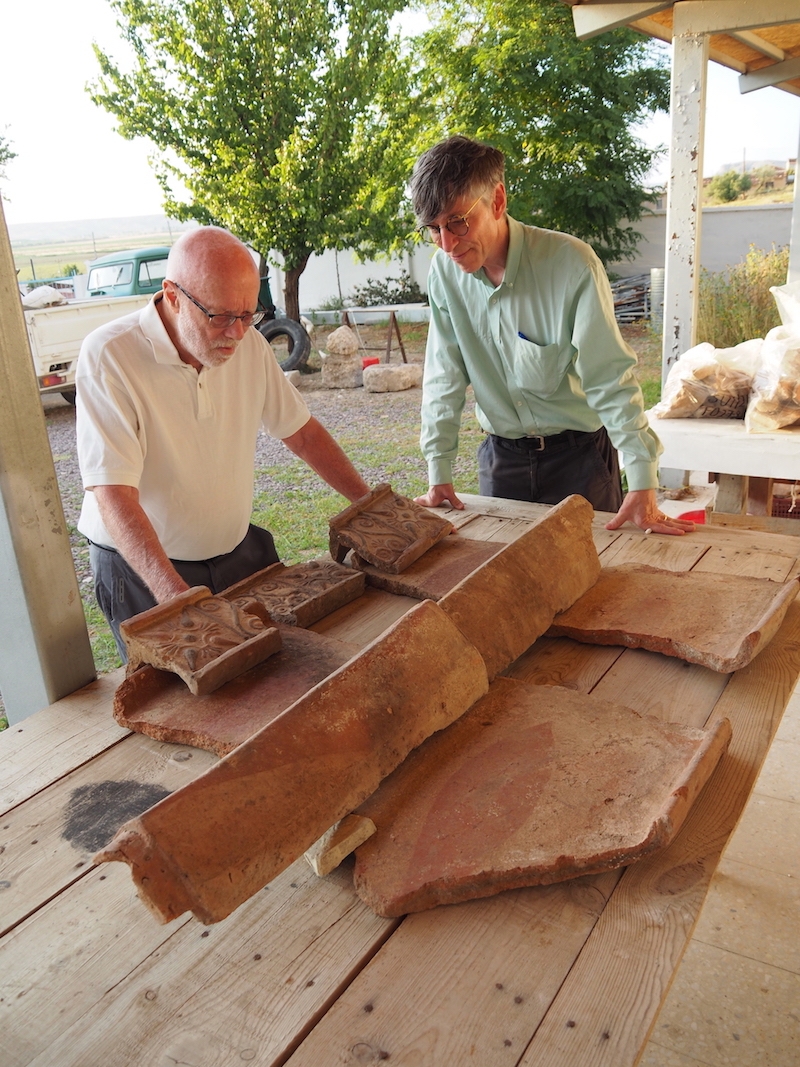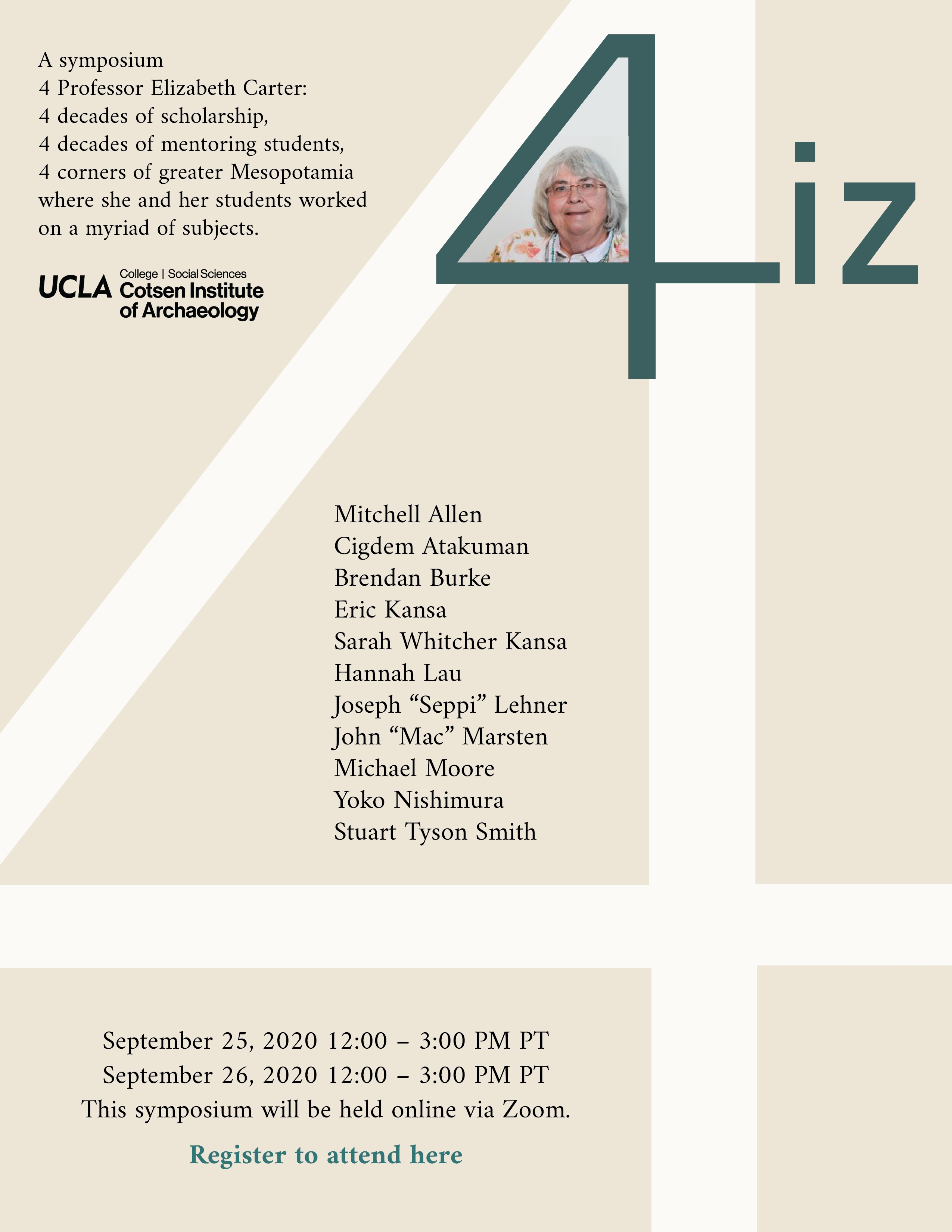Past Events
Interested in Cotsen events? Sign up for our mailing list.Dr. C. Brian Rose, Professor of Archaeology & Curator in Charge, Mediterranean Section, University of Pennsylvania & Museum
Wednesday, October 7th, 12:00pm - 1:00pm PT
Drawing on personal experience, this lecture explores the relationship between archaeology and conservation at three sites in Turkey, focusing on both object and architectural conservation. The speaker was co-director at Troy for 25 years (1988-2012), and director of Gordion since 2013.
Register for this Cotsen Virtual Pizza Talk here! You will receive instructions on viewing the talk after registering.
Contact Sumiji Takahashi
Email sutakahashi@ioa.ucla.edu
Phone
Mary E. Voyatzis, Professor, University of Arizona, Tucson
Saturday, October 3rd, 10:00am PST
The mountainous region of Arcadia, situated in the heart of the Peloponnese, has attracted considerable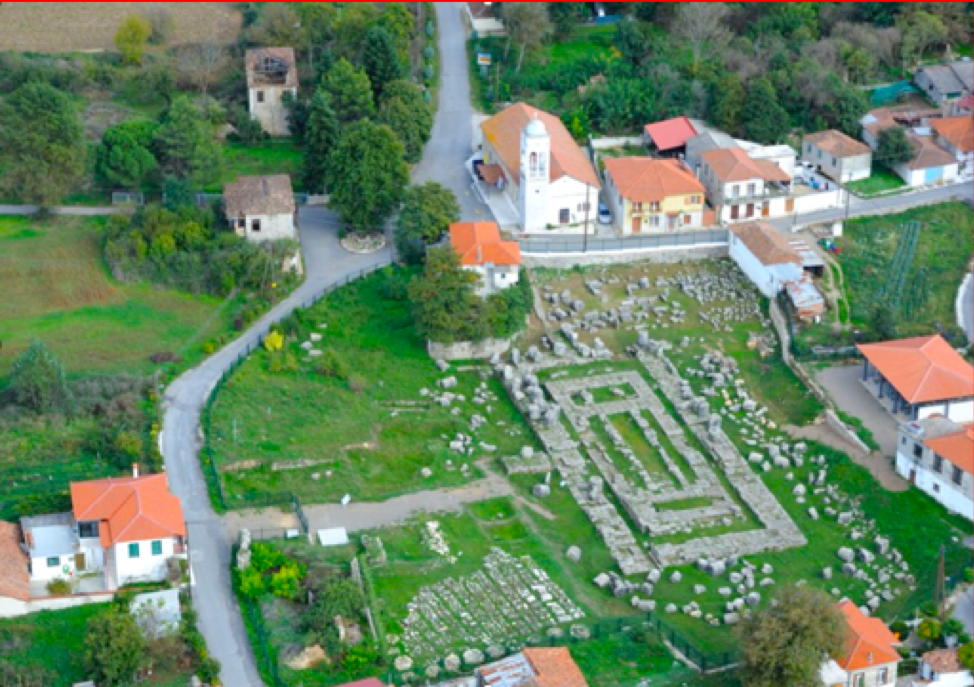 interest and attention since antiquity. Many ancient authors described Arcadia in detail, discussing its rich mythology, many sites, unusual gods, numerous sanctuaries, engaging history, diverse geography, and the important fact that its inhabitants were indigenous, living there even before the moon (Proselenoi), and the original inhabitants of Greece (Pelasgoi). During the Renaissance, Arcadia was depicted in art as a beautiful, pristine, and magical place with unspoiled wilderness. By the 19th century European travelers were exploring the region, and later in the century archaeologists began excavating its various sites. For over 140 years Arcadia has been investigated by archaeologists from Greece and many other countries in Europe and North America. Today we consider some of the sites recently excavated in Arcadia, and focus on two where the speaker has been involved, the Sanctuary of Athena Alea at Tegea, and the Sanctuary of Zeus on Mt. Lykaion. We shall see how archaeological discoveries have contributed significantly to our understanding of the history of Arcadia and enhanced our appreciation of this enchanting mountainous region.
interest and attention since antiquity. Many ancient authors described Arcadia in detail, discussing its rich mythology, many sites, unusual gods, numerous sanctuaries, engaging history, diverse geography, and the important fact that its inhabitants were indigenous, living there even before the moon (Proselenoi), and the original inhabitants of Greece (Pelasgoi). During the Renaissance, Arcadia was depicted in art as a beautiful, pristine, and magical place with unspoiled wilderness. By the 19th century European travelers were exploring the region, and later in the century archaeologists began excavating its various sites. For over 140 years Arcadia has been investigated by archaeologists from Greece and many other countries in Europe and North America. Today we consider some of the sites recently excavated in Arcadia, and focus on two where the speaker has been involved, the Sanctuary of Athena Alea at Tegea, and the Sanctuary of Zeus on Mt. Lykaion. We shall see how archaeological discoveries have contributed significantly to our understanding of the history of Arcadia and enhanced our appreciation of this enchanting mountainous region.
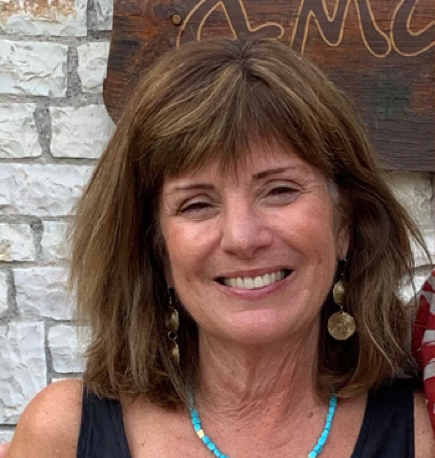 Mary E. Voyatzis received her BA in Classical Studies from the University of Pennsylvania, a post-graduate diploma in Classical Archaeology from Girton College, Cambridge, and her Ph.D. from University College, London, with a dissertation entitled “The Sanctuary of Athena Alea at Tegea, 800-600 BC, and its Relation to Other Arcadian Sanctuaries.” She began teaching at the University of Arizona, Tucson in the Department of Classics in 1986, and is currently Professor in the School of Anthropology and the Department of Religious Studies and Classics.
Mary E. Voyatzis received her BA in Classical Studies from the University of Pennsylvania, a post-graduate diploma in Classical Archaeology from Girton College, Cambridge, and her Ph.D. from University College, London, with a dissertation entitled “The Sanctuary of Athena Alea at Tegea, 800-600 BC, and its Relation to Other Arcadian Sanctuaries.” She began teaching at the University of Arizona, Tucson in the Department of Classics in 1986, and is currently Professor in the School of Anthropology and the Department of Religious Studies and Classics.
This talk will be offered on Zoom. Please RSVP to hellenic@humnet.ucla.edu to receive the link.
Contact
Email hellenic@humnet.ucla.edu
Phone

Dr. Glenn Wharton
Chair, UCLA/Getty Program in the Conservation of
Archaeological and Ethnographic Materials
invites you to attend
UCLA/Getty Program's Distinguished Speaker Series
featuring
Dr. Spencer Crew
Acting Director of the National Museum of African American
History and Culture
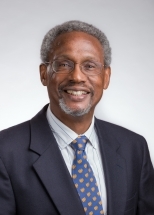
speaking on
History, Memory and Conservation:
Preserving the Past for Future Generations
with opening remarks by
Dr. Darnell Hunt
Dean, UCLA Division of Social Sciences
Professor of Sociology and African American Studies
Wednesday, September 30, 2020
11:00 a.m. - Noon PDT
Online Webinar
Instructions to join the webinar will be provided once your registration has been confirmed.
About the speaker: Dr. Spencer R. Crew has worked in public history institutions for more than thirty years. He is currently the Acting Director of the National Museum of African American History and Culture. Click here to read more.
Contact
Email hnadworny@support.ucla.edu
Phone
Contact Michelle Jacobson
Email mjacobson@ioa.ucla.edu
Phone
Kristine Martirosyan-Olshansky, Postdoctoral Scholar, CIoA, UCLA
Alan Farahani, Assistant Professor of Anthropology, UNLV
September 16, 2020, 1:00pm - 2:00pm PST
Virtual Pizza Talk Series
This talk is a summary of research conducted at the archaeological site of Masis Blur, an early farming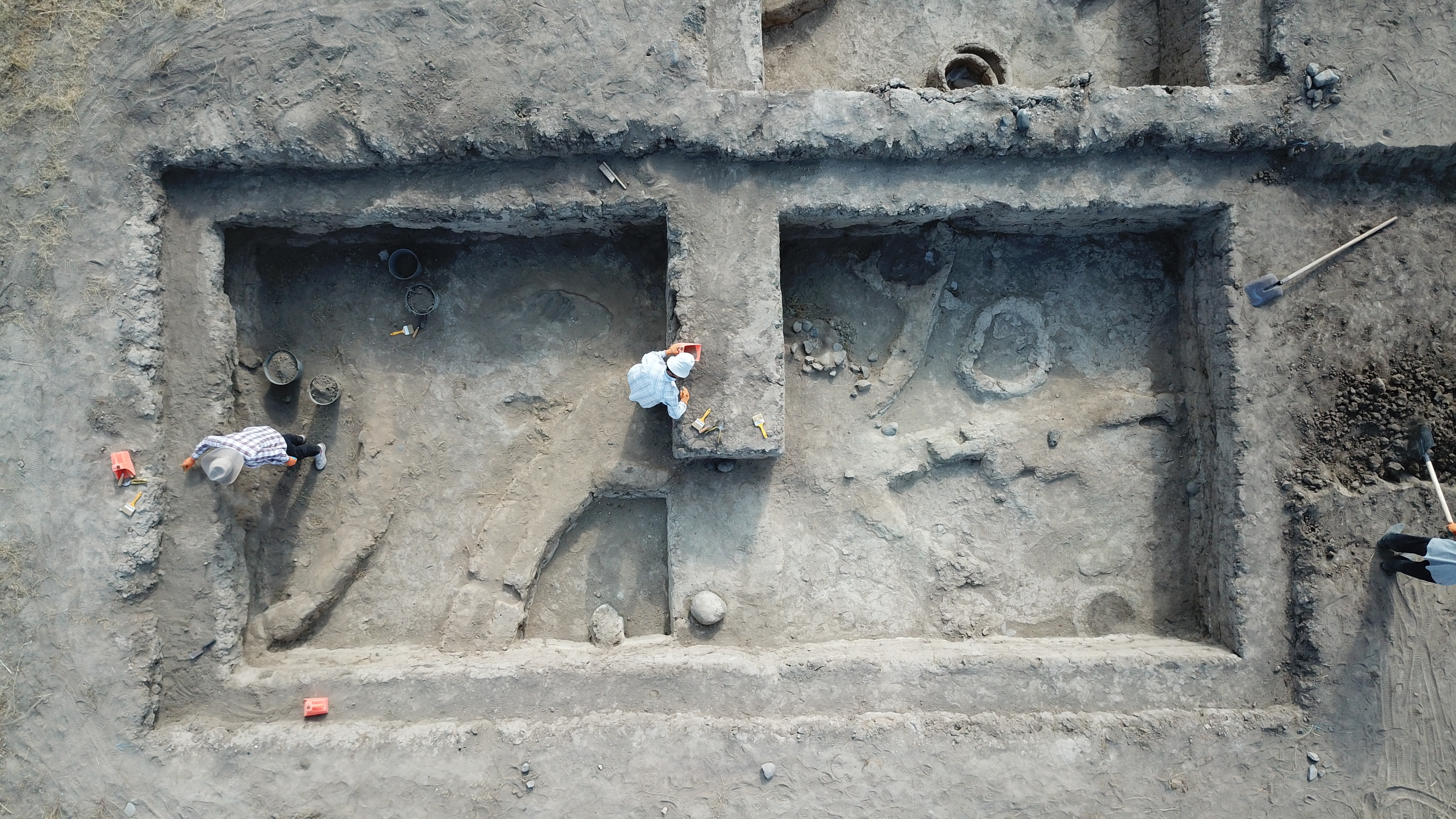
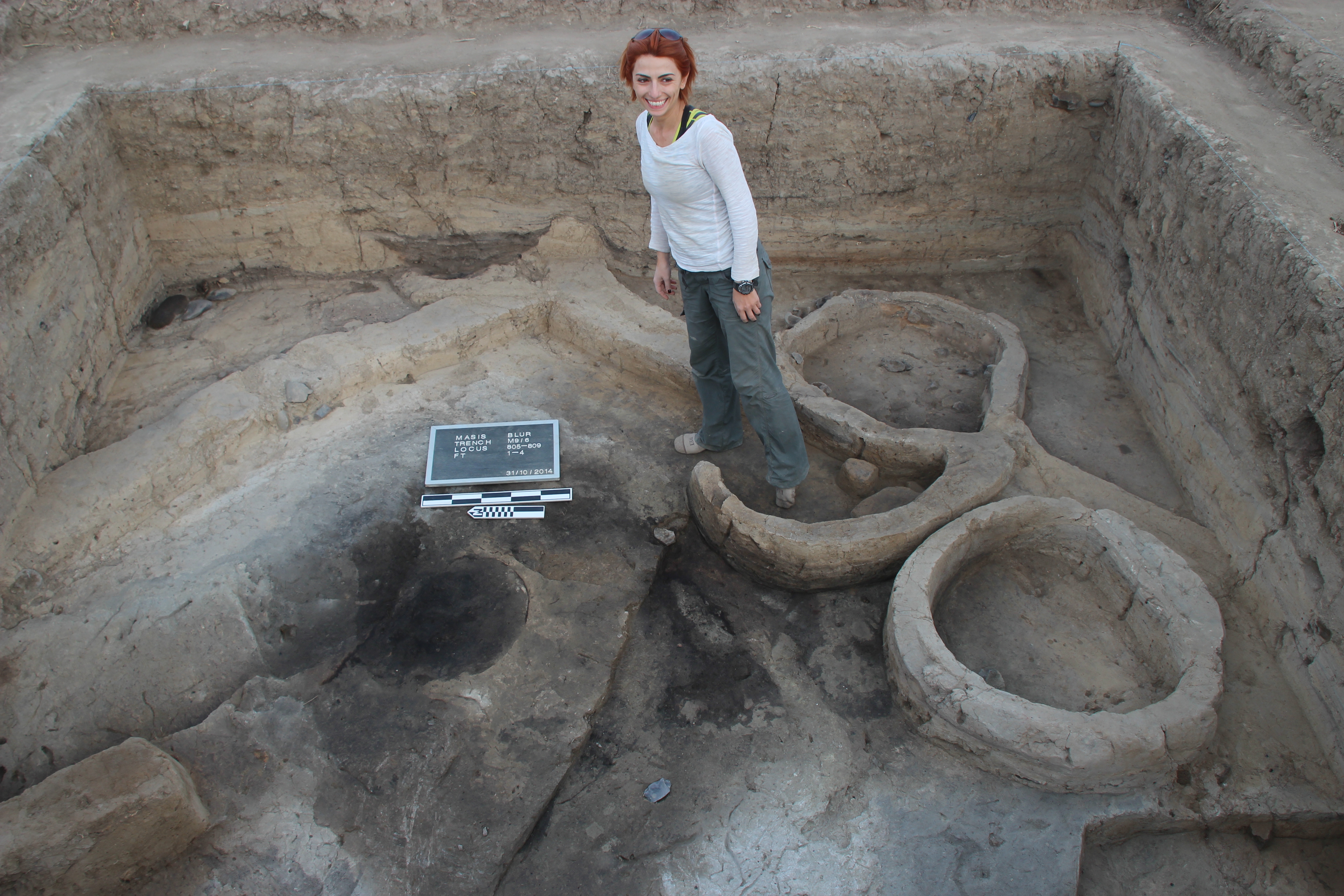
Alan Farahani is an Assistant Professor of Anthropology at the University of Nevada, Las Vegas. He is an anthropological archaeologist whose research focuses on how ancient agriculture was embedded in and influenced the social, political, and cultural practices of people in the past. His methodological expertise is paleoethnobotany, or the analysis of archaeological plant remains, as well as in the use of contemporary computational tools such as Python and R to effectively manage archaeological data. He has conducted fieldwork throughout the world, and has been working on the Masis Blur project since 2018.
Register for this Cotsen Virtual Pizza Talk here! You will receive instructions on viewing the talk after registering.
Contact Michelle Jacobson
Email mjacobson@ioa.ucla.edu
Phone
Aaron Burke (CIoA Press Editor in Chief) and Randi Danforth (Publications Director)
Thursday, September 3rd 2020 10:00am - 12:00pm (PT)
CIoA Press Editor in Chief Aaron Burke and Publications Director Randi Danforth will present a session on academic publishing in two parts. First, "how do I decide where to publish something? Who should I publish it with? Should it be an article or a book?" This presentation will provide an overview of the publication process with advice concerning how to approach publishers, select journals, prepare proposals and manuscripts, respond to and address peer review, and promote your work once published. Part Two will present an inside look at the process, from book proposal to board review to acceptance and production (copyediting, author review, design, printing, and distribution). Deidre Whitmore will give an overview of electronic publishing possibilities, both those linked to a book in print, and those in independent digital forms.
Contact Deidre Whitmore
Email dal@ioa.ucla.edu
Phone
Doug Daniels, Emerging Technologies Librarian
Thursday, August 27th 2020 10:00am - 12:00pm (PT)
Doug Daniels is the Emerging Technologies Librarian at the UCLA Library and director of the Library’s Lux Lab. The Lux Lab is a suite of emerging technology services, including 3D printing, 3D scanning, laser cutting and etching, large format printing, 3D mapping, and a developing VR service. This workshop will highlight some past work that the Lux Lab has done. These past projects reflect the diverse use-cases of these technologies in an archaeological context. Immediately following the presentation, a live demonstration of the Lux Lab’s 3D scanner(s) will take place, with plenty of time for questions and answers.
Contact Deidre Whitmore
Email dal@ioa.ucla.edu
Phone
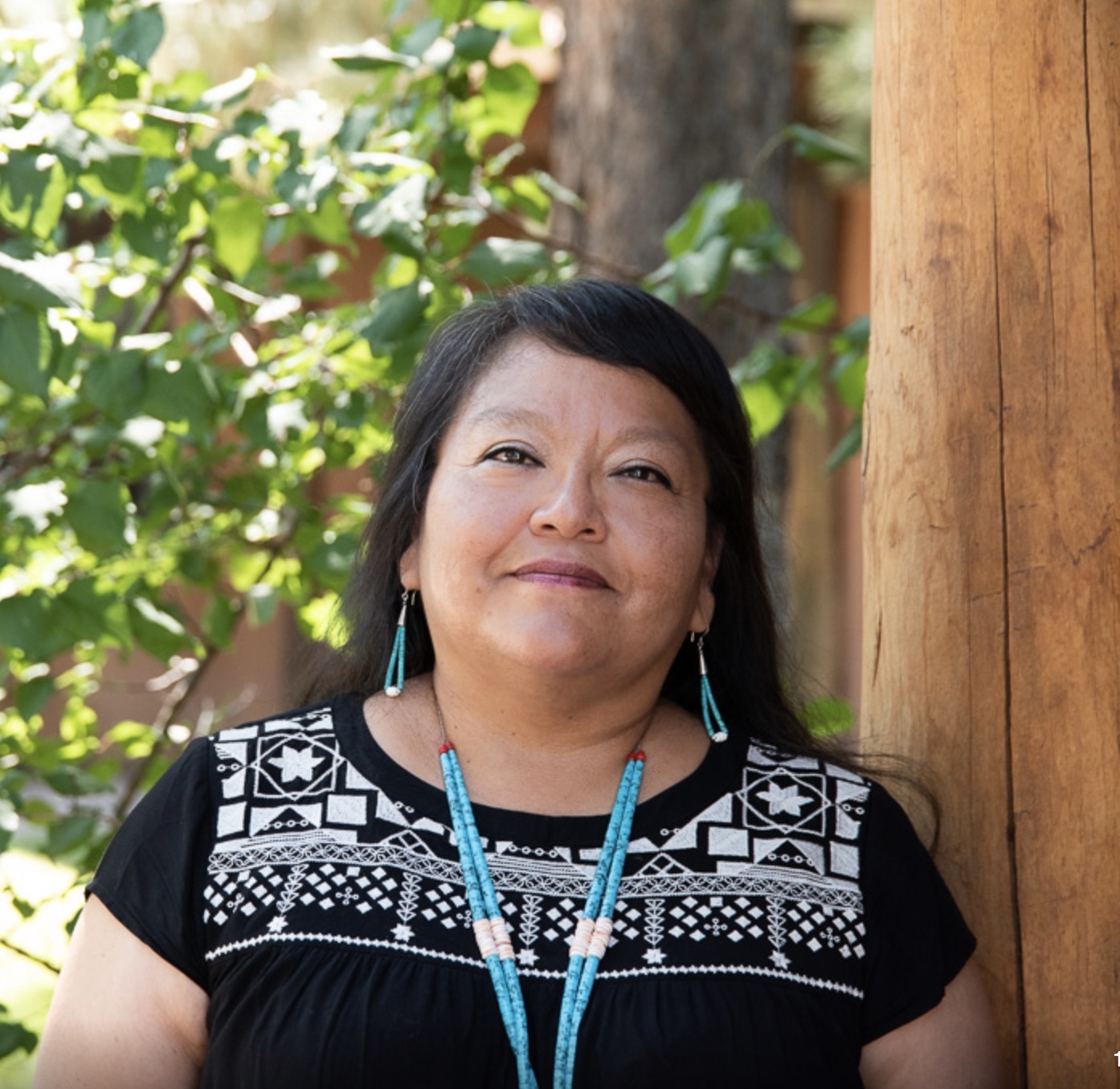 Davina Two Bears' research documents the history of the Old Leupp Boarding School (OLBS), a Federal Indian boarding school on the Navajo Reservation, from 1909 to 1942, as it explores Diné (Navajo) survivance within the context of this school. Two Bears employs decolonizing research methods framed by postcolonial theory to investigate the OLBS, which currently exists as a historic archaeological site. She explores how Diné children forced to attend the OLBS utilized their cultural foundations to meet the challenges imposed upon them by a settler society and relates the positive stories of Native survivance and resistance to assimilation achieved within the OLBS. Utilizing oral history interviews she conducted with Navajo elders and a critical review of archival records and historic photographs, Two Bears explores the history of the OLBS and the memories of Navajo students who attended the OLBS. Her research contributes to postcolonial anthropology as a study of culture change, decolonizing research, and Native American and Indigenous studies.
Davina Two Bears' research documents the history of the Old Leupp Boarding School (OLBS), a Federal Indian boarding school on the Navajo Reservation, from 1909 to 1942, as it explores Diné (Navajo) survivance within the context of this school. Two Bears employs decolonizing research methods framed by postcolonial theory to investigate the OLBS, which currently exists as a historic archaeological site. She explores how Diné children forced to attend the OLBS utilized their cultural foundations to meet the challenges imposed upon them by a settler society and relates the positive stories of Native survivance and resistance to assimilation achieved within the OLBS. Utilizing oral history interviews she conducted with Navajo elders and a critical review of archival records and historic photographs, Two Bears explores the history of the OLBS and the memories of Navajo students who attended the OLBS. Her research contributes to postcolonial anthropology as a study of culture change, decolonizing research, and Native American and Indigenous studies.
Davina R. Two Bears is Navajo from northern Arizona. She recently graduated from Indiana University (2019) with a PhD in anthropology with an emphasis in archaeology, and a PhD minor in Native American Indigenous Studies.
Register for this Cotsen Virtual Pizza Talk here! You will receive instructions on viewing the talk after registering.

Photo courtesy of the Old Trails Museum/Winslow Historical Society. The photo is of the front entrance of the OLBS, which later became the girls and boys dormitory. This picture was taken around 1915.
Contact Michelle Jacobson
Email mjacobson@ioa.ucla.edu
Phone
Deidre Whitmore, Digital Archaeology Lab
Thursday, August 13th 2020 10:00 - 11:00am (PT)
This workshop will prevent headaches and save hours of work. The open-source tool Zotero not only makes gathering and organizing references fast and easy but also simplifies the process of adding citations and bibliographies to your publications. This workshop will cover how to add articles, books, chapters, periodicals, and web resources with a single click. Participants will also learn how to add in-text citations directly in Word and LibreOffice as well as adding and formatting a reference cited and bibliography to publications. Lastly, we will cover how to collaborate with colleagues and easily share research materials using Zotero libraries.
Register here (Registration limited to Cotsen affiliates)
Contact Deidre Whitmore
Email dal@ioa.ucla.edu
Phone
Deidre Whitmore, Digital Archaeology Lab
Thursday, August 6th 2020 10:00am - 12:00pm (PT)
Data are messy. Nearly all datasets require cleaning and processing before they can be analyzed and interpreted. This workshop will cover how to use the free, open-source tool OpenRefine to more quickly and easily understand and clean your data. Participants will learn how to correct typos and misspellings, standardize terms and dates, and break complex data into usable formats. We will also cover how to share your data and cleaning steps with collaborators and export a script that details the steps taken which can be applied to future datasets.
Register here (Registration limited to Cotsen affiliates)
Contact Deidre Whitmore
Email dal@ioa.ucla.edu
Phone
- ‹ previous
- 21 of 50
- next ›



